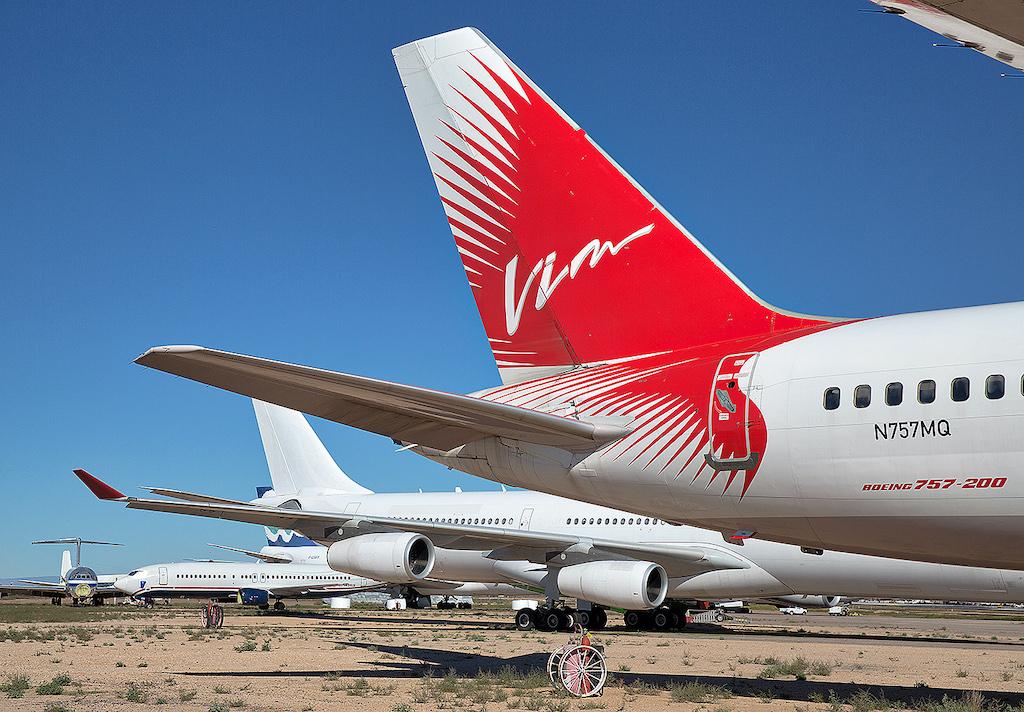
Credit: Joe Pries
Most airlines and maintenance providers plan to increase their use of used serviceable material (USM), and some are shifting their policies to include sourcing more alternative parts, a survey from Naveo and ILS shows. “We had over three quarters of the respondents to the survey indicate that they...
Subscription Required
Used-Parts Usage Set To Increase, Survey Finds is published in Aviation Daily, an Aviation Week Intelligence Network (AWIN) Market Briefing and is included with your AWIN membership.
Already a member of AWIN or subscribe to Aviation Daily through your company? Login with your existing email and password
Not a member? Learn how to access the market intelligence and data you need to stay abreast of what's happening in the air transport community.

